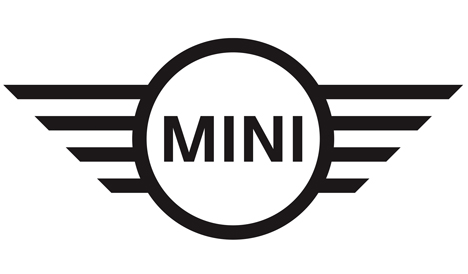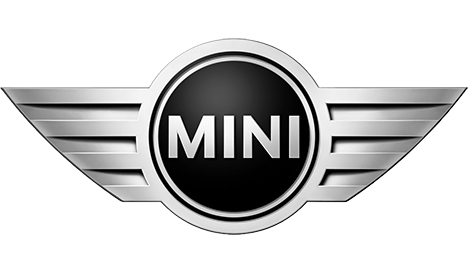Toyota's Facebook interactive campaign
"Now that the car industry is aware of the possibilities of social media marketing, quite a lot of them have started doing their own dedicated campaigns on either Facebook or Twitter. Toyota for instance, has decided to focus on brand loyalty with a new campaign called ‘auto-biography’."
On Toyota’s Facebook tab, fans of the brand are now able to share their own personal memories about their car.
After just two weeks, the brand already gathered over 5,200 entries, emphasising the fact that despite the recent recall, people seem to still be attached to the brand.
- People are able to enter the model, year and number of miles on their car
- as well as an anecdote
The stories are rather emotional and show deep sympathy for the vehicle.
Focusing on your customers ongoing love for your product after such a turmoil, may very well be the smartest way to use social media for a rebranding.
Minis rebrand
Car brand MINI has relaunched its visual identity, unveiling a new version of the MINI Clubman estate along with embracing the "sharing economy" - by offering every customer the chance to rent their vehicle to others when they don't need it.
- Another unique and interesting offer emphasising the step towards interacting with the company on a digital platform
In sync with the new digital 'DriveNow car-sharing programme' they have revamped a new, minimal logo..


The new logo is a "flat" monochrome version of the double-winged symbol that dates back to the 1980s and will be used on screen and paper. The vehicles themselves will retain the three-dimensional version of the logo.
- something to consider for my rebrand as a flat logo might not be appropriate against the metal car body.
Renault actually launched a highly targeted mobile campaign targeting electric car enthusiasts in 2014.
Portraying their enthusiasm for more sustainable options - they attempted to raise awareness for their electric car Zoe whilst driving traffic to local dealerships via a highly targeted mobile ad campaign that looks beyond location to ensure the right consumers are reached.
To connect with nearby consumers in Britain who might be interested in an all-electric car, the campaign uses a combination of data sources, including proprietary Apple data, Mosaic data and first-party data from Weve as well as demographic and socio-economic variables. The campaign is a good example of how marketers are looking beyond location targeting to fine-tune their ad campaigns.
The ads are appearing on the mobile devices of qualified consumers who browsed relevant content or called dealerships on their phones.
The messages are appearing on smartphones and tablets within a five-mile radius of Renault dealerships.
Leveraging location targeting enables Renault to target areas where interest in electric cars is high. Combining this with demographic or behavioural data ensures the ads are relevant to recipients.
The ads identify how far the distance is to local landmarks and how little it would cost to get there in a Renault Zoe, raising awareness of the economic benefits of the electric car.

No comments:
Post a Comment